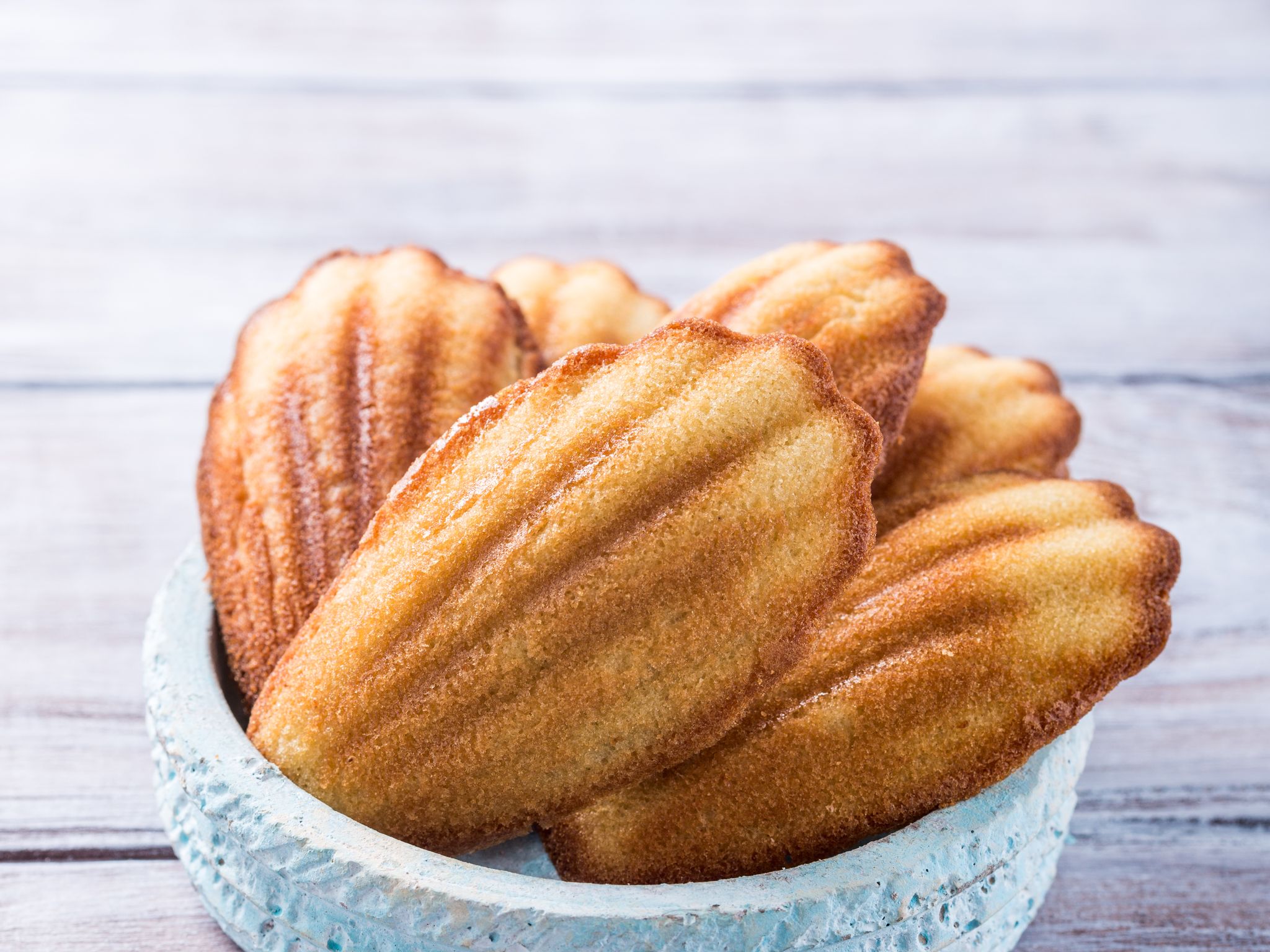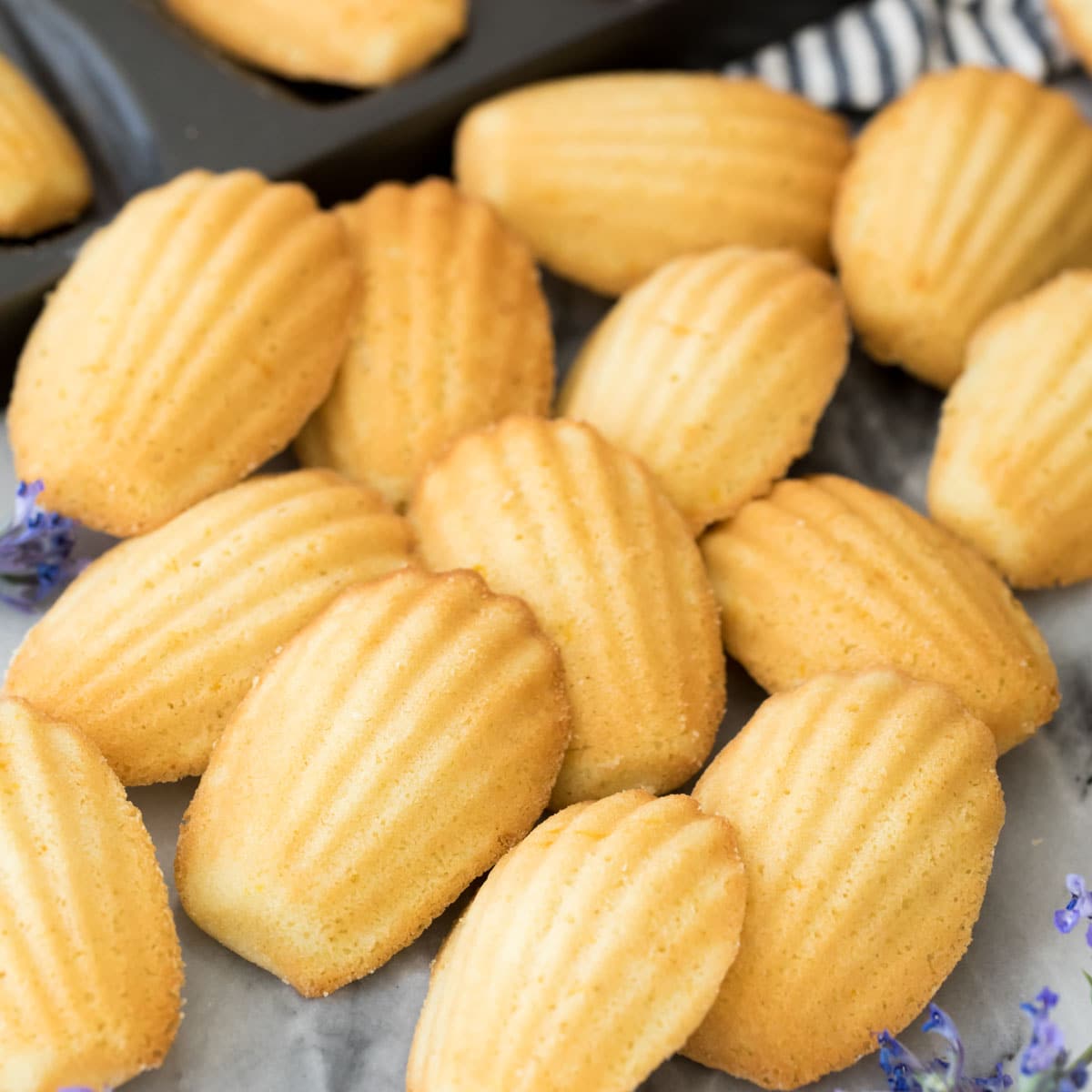Have you ever come across something that looks utterly simple, yet holds a surprising amount of charm and history? It's like, you know, a little secret whispered across generations, really. We're talking about a certain kind of baked good, a tiny cake, that carries with it stories from quaint French towns like Commercy and Liverdun. This is where the tale of what we might call the "Madeleine Morrison" experience truly begins, a delightful bite that has captured hearts for ages.
So, what exactly are these little wonders, you might be asking yourself? It's a question many folks have, and honestly, it's pretty common to feel a bit puzzled at first. They're often mistaken for something else, or maybe their origins get a little mixed up in people's minds. But we're here to make things perfectly clear, to sort of unwrap the whole mystery for you right now, as a matter of fact. These are not just any small baked item; they possess a distinct character all their own.
You see, while many people naturally assume these treats are entirely French, there's a bit more to their story than just a simple nationality. It's a big, big world out there, and as you can imagine, there are quite a few different approaches to putting these delicate things together. Today, our particular exploration of this classic is going to follow a recipe that takes its inspiration from a very well-known culinary figure, someone whose methods have guided countless kitchen adventures. It’s a way of making them that truly brings out their very best qualities, you know, making them something special.
- Tia Mowry Daughter Passed Away.https
- Sophie Rain Spiderman.https
- Olivia Troye Partner.https
- Barron Trump Height Disease.https
- Keri Russell Relationship.https
Table of Contents
- What exactly is a Madeleine Morrison, anyway?
- Are Madeleine Morrison treats truly French?
- How simple is it to prepare Madeleine Morrison delights?
- What do you need for your own Madeleine Morrison experience?
What exactly is a Madeleine Morrison, anyway?
When someone mentions a "madeleine," a certain image probably pops into your mind, doesn't it? It’s usually that distinct, shell-like shape, perhaps with a little hump on one side. Well, these little morsels, which we’re calling the "Madeleine Morrison" experience for our purposes here, are, at their heart, a type of traditional small cake. They hail from specific spots in France, as a matter of fact, particularly the towns of Commercy and Liverdun. These places are, in a way, sort of famous for being the birthplace of this delightful sweet treat, giving them a very specific geographical heritage. You could say they're almost like a postcard from those charming locales, you know, a taste of their local baking traditions.
It's interesting, really, how often people find themselves wondering just what these things are. There's a bit of a common misconception, you see, a little bit of confusion that floats around about them. We're going to make sure everything is quite clear for you, right here and now. So, while many folks tend to believe that madeleines are, without a doubt, entirely French, there's a nuance to that idea. They are indeed deeply connected to French culinary traditions, but their journey and evolution have been, in some respects, quite varied.
These little cakes, the ones that capture the essence of a "Madeleine Morrison," are often described as dainty and delicate. They possess a certain refined quality, a subtle elegance that makes them a true French classic. Think of them as a small piece of edible art, pretty much, something that looks as good as it tastes. They have a history that runs deep within French baking, making them a beloved item for many, many years. Their appearance alone suggests a certain lightness and a promise of something truly special, something you just want to pick up and admire for a moment before taking a bite.
- Kaitlan Collins Husband.https
- Vegamovies 2025
- Morgan Vera Onlyfans.https
- Gunther Eagleman.https
- Lauren Compton Onlyfans.https
The True Nature of Madeleine Morrison
So, what truly defines a "Madeleine Morrison" in its purest form? It's more than just a sweet; it’s a specific kind of mini butter cake that comes from the Lorraine region of France. This is a pretty important detail, actually, as it pinpoints their geographic origin quite precisely. They are known for being easy to make, which is a real plus for anyone who loves to bake but doesn't want to spend hours in the kitchen. And, you know, they're quick to bake too, meaning you don't have to wait very long to enjoy them fresh from the oven. This combination of ease and speed makes them a wonderfully accessible treat for almost anyone, really.
When we talk about a truly classic French madeleine, the kind that embodies the "Madeleine Morrison" ideal, there's a certain simplicity to their preparation. You might think something so wonderful would be complicated, but it's genuinely not. They are, in fact, quite straightforward to put together. Yet, despite their simple beginnings, the end result is something truly marvelous. There's a magic in that simplicity, a way that basic ingredients come together to create something truly extraordinary. It’s almost like a little alchemy happens in your oven, turning a few humble items into something quite grand, you see.
My own personal favorite version of these classic French madeleines, which some people also call "madeleine cookies," have some very specific qualities that make them stand out. They have a shell shape that is just perfect, a lovely, distinct pattern that makes them instantly recognizable. Beyond their looks, their density is just right, not too heavy, not too light, but a satisfying consistency. The texture, too, is spot on, offering a pleasant mouthfeel that's both soft and slightly firm. And, of course, they have a taste that is, well, simply delicious. It’s a flavor that lingers, making you want another one, honestly. This combination of shape, feel, and taste is what makes them truly exceptional, a real treat for your senses.
Are Madeleine Morrison treats truly French?
It's a question that often comes up, isn't it? The idea that these lovely little cakes, embodying the spirit of "Madeleine Morrison," are unequivocally French. And in many respects, they absolutely are. They are deeply rooted in the culinary traditions of France, particularly from the Lorraine region, as we've discussed. This connection is quite strong, you know, almost like a birthright. They carry the essence of French baking, with its emphasis on quality ingredients and a certain refined approach to sweets. So, yes, when you enjoy one, you are, in a way, tasting a piece of French heritage, a delicious part of their long and storied food culture.
However, it's also worth noting that in this big, wide world, there are many different approaches to making madeleines. While the classic French version is certainly the most well-known, and arguably the original, people everywhere have put their own spin on them. This means you might find variations that differ slightly in ingredients or technique, depending on where you are. Our particular recipe, the one that guides our "Madeleine Morrison" exploration today, draws its inspiration from Julia Child's well-regarded methods. Her approach is, in fact, a very popular way to create these treats, known for its clear instructions and delicious outcomes. It's a reliable path to a truly classic result, you know, one that many home bakers have trusted for years.
There are, for instance, different ways to achieve that lovely rise in the cake. Some recipes, like Martha's madeleines, might use a leavening agent to help them puff up. This is a common technique in baking, of course, and it helps give the cakes a light and airy texture. Other classic methods might rely more on the careful whipping of eggs to incorporate air, which also creates
- Landon Clements.https
- Maal49.https
- Lauren Compton Onlyfans.https
- Lisa Thorner.https
- Cathy White.https


